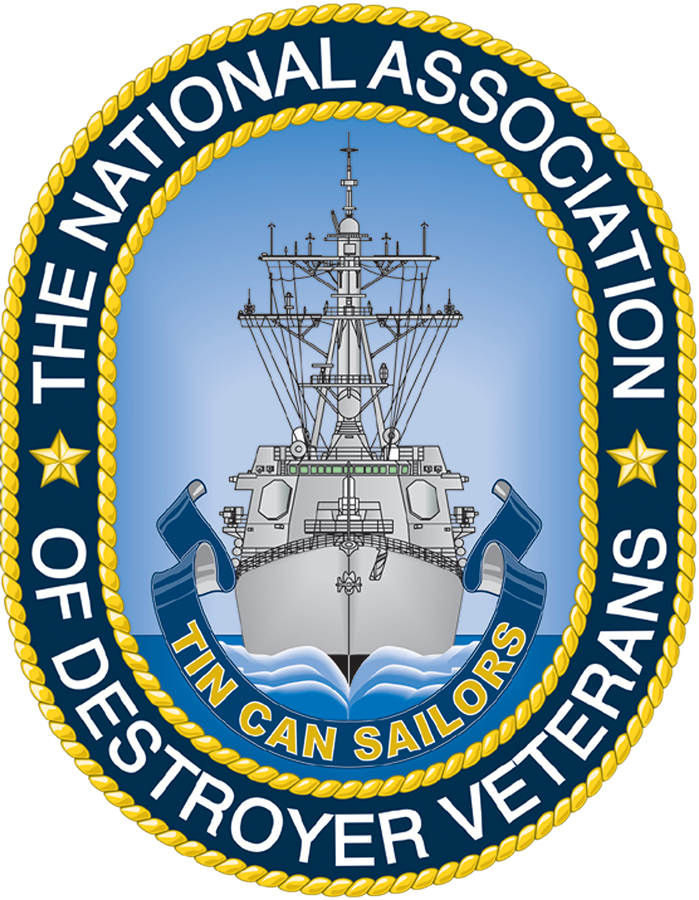USS EVANS DD-78 Ship History
Dictionary of American Naval Fighting Ships, November 2023
The first Evans (Destroyer No. 78) was laid down on 28 December 1917, at Bath, Maione, by Bath Iron Works; launched on 30 October 1918; sponsored by Miss Dorothy Neville Sewall, granddaughter of the late Rear Adm. Evans; and commissioned on 11 November 1918, Cmdr. Frank H. Sadler in command.
After a training and outfitting period which included a maiden voyage to the Azores, Evans departed Newport, R.I., on 10 June 1919 for European waters, where she operated until 22 August, returning then to New York. She sailed once more on 11 September, and after patrolling off Central America, reached her assigned home port, San Diego, Calkif., on 14 November.
Through the next two years, Evans joined in a training schedule which found her ranging the eastern Pacific from Valparaiso, Chile, to Astoria, Oregon. She was placed in reserve at San Diego on 6 October 1921, and was decommissioned on 29 May 1922. Recommissioned on 1 April 1930, she operated out of San Diego for six months, then was assigned to duty training members of the U.S. Naval Reserve out of New York City, where she arrived on 6 December 1930. She returned to San Diego on 26 March 1932, to sail with the Battle Fleet on training cruises and in exercises along the west coast and in Hawaiian and Alaskan waters.
Once more out of commission from 31 March 1937 to 30 September 1939, she was recommissioned on the latter date at the U.S. Navy Destroyer Base, San Diego, Lt. Cmdr. Chauncey Moore in command. Evans arrived at Key West, Fla., on 11 December 1939 for neutrality patrol duty in the Antilles, and exercises in various parts of the Caribbean. On 24 September 1940, she sailed from Key West for Halifax, Nova Scotia, where she was decommissioned on 23 October 1940, and transferred to the Royal Navy in the land bases for destroyers exchange. Subsequent to the transfer, she was stricken from the U.S. Navy Register on 8 January 1941.
Commissioned as HMS Mansfield (G.76), Lt. Cmdr. William A. R. Cartwright RN, the destroyer had a truly international career, for between December 1940 and March 1942, she was on loan to the Royal Norwegian Navy. During this time, she raided a fish oil factory in German hands near Hammerfest, Norway. Her landing party destroyed the factory’s essential machinery, and attempted to capture the local quisling leader, but he escaped. With her Norwegian crew, she also served on escort duty in the North Atlantic, continuing in this vital assignment after she returned to the Royal Navy. Mansfield was transferred to the Royal Canadian Navy, and served with the Western Local Escort Force based on Halifax and St. John’s.
With newer escorts available, in November 1943 the veteran of service in four navies was reduced to care and maintenance service at Halifax, and on 22 June 1944 she was paid off (decommissioned). Ultimately, the well-traveled warship was sold on 24 October 1944 and brokern up for scrap at Vancouver, British Columbia, subsequently.
